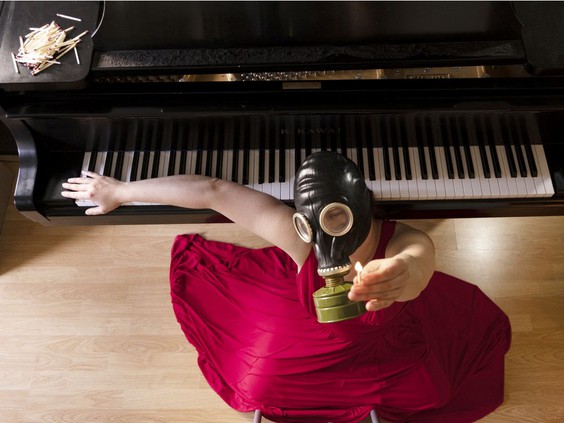Annual celebration’s 13th edition returns with some live and outside shows across the Lower Mainland to complement its online offerings
Dana Gee · Vancouver Sun · 20 Jul 2021
Last year, when the COVID-19 pandemic forced the shutdown of live events, people scrambled to find a new way to get their shows and festivals in front of an audience.
The prevailing plan for many turned out to be online presentations. The Queer Arts Festival (QAF) was one of the first festivals to move forward with a full online program last summer.
One year later, and the QAF is celebrating its 13th anniversary with a combination live and online approach to the July 24 to Aug. 13 festival. This year’s theme is Dispersed: it’s not easy being green.
“Last year, it was quite a wild ride but we doubled our attendance. We hit every single continent except for Antarctica, 50 countries,” said festival founding artistic director SD Holman, adding that 20,000 plus people signed up for the online events. “So 50 countries and even countries that had to get around their own censorship laws. That was pretty special and that leads me to this year, which we are doing a hybrid festival.”
That hybrid model includes live shows, live streaming, an online art gallery, workshops and outdoor exhibits and events.
Outside events include a couple of shows at the Mountain View Cemetery and a sonic installation in and around the False Creek area.
The cemetery will play host to the Onibana Taiko and Alvin Erasga Tolentino show on Aug. 7 at 8 p.m.
Described as a combination Japanese folk meets punk rock, the show is certainly an attention grabber.
“The structure of it is something called Obon. Obon is sort like a Japanese Day of the Dead,” said Onibana Taiko drummer Leslie Komori.
The annual Obon festival is a Buddhist ceremony that connects the living with the dead through dance. Komori sees this performance as not only that but also as a way for people to ease into the return of live entertainment and maybe ease into living with all the grief that has grown immensely over the past 15 months.
“Given this year of COVID and the experience of a lot of loss and addition to the discovery of all the unmarked graves in different Indigenous residential schools, it’s hard to just jump back into life,” said Komori, who will be joined by bandmates E. Kage and Noriko Kobayashi. “I think it is like a ceremony to get us back to some kind of normal, to recognize what we have lost this past year and in years before.”
The Taiko and dance event will have performers moving from location to location in the cemetery. It will end with a queercore punk song.
“It’s kind of a processional, I guess, with a punk rock ending,” said Komori.
Also kind of punk rock is the other cemetery show, Piano Burning. Piano Burning is a reimagining of Annea Lockwood’s original 1968 performance piece. The Aug. 8, 8 p.m. event is a commissioned piece by Lil’wat composer Russell Wallace that includes a fireproof-red ball gown created by Métis designer Evan Ducharme. Rachel Kiyo Iwaasa will perform on the burning piano.
“We are very afraid of death,” said Holman, who co-curated Piano Burning with Margo Kane of the Talking Stick Festival. “Cemeteries — they are places of beauty. I love cemeteries. Every place I travel I go to cemeteries. The idea that it is being activated as an art space really appealed to me.
“Oh and the neighbours are quiet,” added Holman.
In other outdoor events, this time over in False Creek, electronic media artist Bobbi Kozinuk has created two new shows.
Language as a Virus: Queer Isolation Stories (Jul 24-Aug. 13) is a sonic installation that allows punters to move from location to location and connect with stories. Language as a Virus: The Tour (July 26, 8 p.m.) offers up an audio art tour.
“They will be able to hear the stories change on the FM (radios will be supplied) as they go around,” said Vancouver’s Kozinuk. “We are trying to get people to experience the work live.”
Each station/community centre has a web page that highlights the people and their stories associated to the location.
In the past she has used neighbourhood parks with transmitters as areas to experience these soundscapes/soundtracks.
These days, though, not that many people roam around with FM radios, so QR codes are now in play.
A long-time supporter of the festival, Kozinuk is also a board member.
“I find as queer artist, a trans artist it is very important to get stuff out there in people’s view,” said Kozinuk, when asked what QAF meant to her. “I came out as trans 20 years ago and I didn’t really have any examples from anyone on how to do it. Whereas younger people now go to the Queer Arts Festival and they realize there are people out there like them, people who have experiences that they can relate with.”
The connection is further solidified by the simple fact there is some very interesting art at play in this festival, art that speaks to people across the board.
“These are artists that are chosen because they are good artists. Not just because they are queer. So to have that as young queer people and have that for young artists to see that is invaluable,” said Kozinuk.
For Komori, a Japanese lesbian, the festival ticks not just artistic boxes but it ticks and kicks open doors to the wider queer world.
“I love the diversity. Sometimes you know queer things can tend to be white cis male,” said Komori. “The Queer Arts Festival has really attempted to have a real diversity of just really different types of folks. There are so many intersections that I really appreciate that.”
Dates, times and descriptions of all QAF events can be found at queerartsfestival.com.

